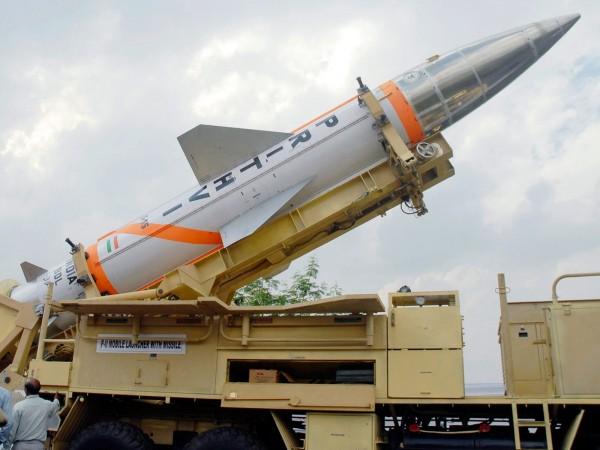
For the first time, India carried out a successful interceptor missile test during the night on Sunday. The interceptor, a modified Prithvi missile, was launched from Abdul Kalam Island at around 8.05 pm.
The system, known as the Prithvi Defence Vehicle (PDV), is designed to intercept incoming ballistic missiles in the ex-atmosphere area, which is 50 km above the atmosphere.
According to a Defence Research and Development Organisation (DRDO) official, the PDV successfully engaged the target missile.
The whole operation was automated and once the detection and targeting radar spotted the incoming ballistic missile, the information was analysed by a computer, which calculated the trajectory of the enemy missile, and gave the command to PDV to launch.
Guided by an inertial navigation system backed up by a redundant micro-navigation system, the interceptor moved towards the estimated point of interception.
As the PDV crossed the atmosphere, it shed its heat shield and the infra-red seeker became active and started looking at the target location designated by the computer. With the help of inertial guidance and infra-red seeker, the missile homed in on the hostile missile and shot it out of the sky.
Telemetry/Range Stations located at various places monitored the interception in real-time. A similar test was successfully carried out on February 11, 2017.












